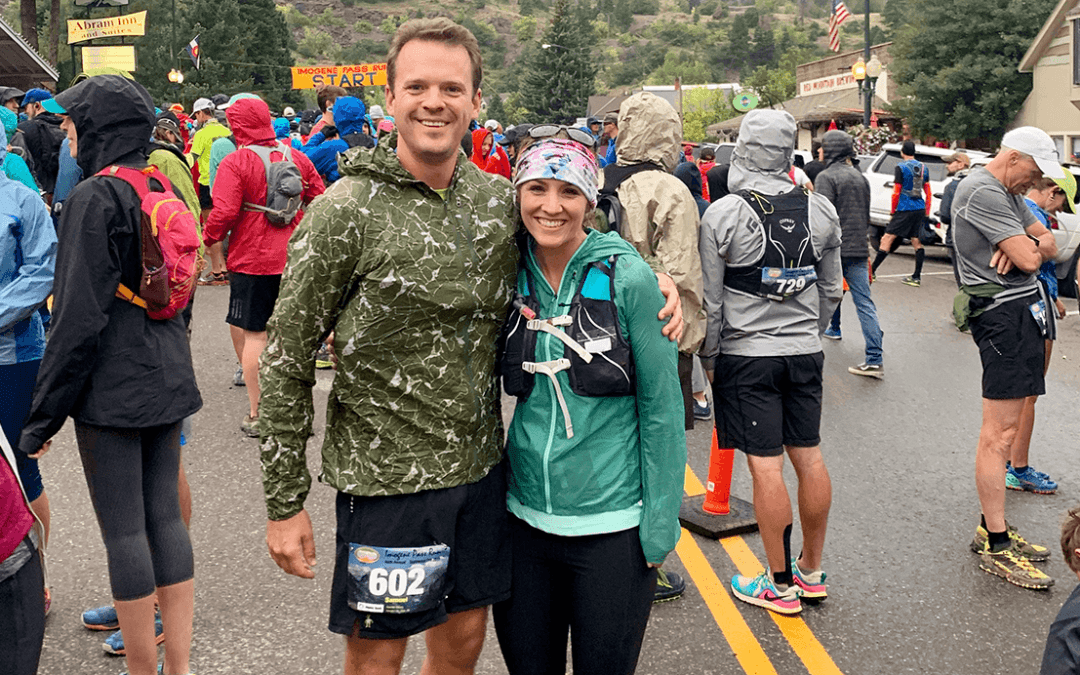Dr. Sam Steury, MD
Radiology/Interventional Radiology
Saving lives has a way of also changing yours.
While surfing down in Mexico as a teenager, Sam Steury saved a person’s life, the effects of which inspired him to join the Coast Guard’s Search and Rescue which ultimately led him to a career in Radiology at St. Mary’s Hospital in Grand Junction. Now, instead of saving people from drowning, he and his team help to heal and restore patients who have suffered from medically traumatic conditions such as cancer and strokes.
Unlike some radiologists who mostly interpret medical imaging such as MRIs and CT scans, Dr. Steury and several of his teammates are also interventional radiologists. Interventional Radiology is a specialty which allows them to also perform many minimally invasive surgeries and procedures such as removing blood clots in the brain or helping rehabilitate blocked blood flow in different parts of the body. “It’s kind of one of those MacGyver-type specialties that not many people know exists,” he says. “But what we do has a big impact on healing and improving quality of life for our patients.”
Dr. Steury’s main focus is on stroke care and education with an emphasis on recognizing the signs and symptoms of stroke and the importance of immediate medical attention. “The big thing about strokes is that you have to catch them early. New technology now allows us to get really good outcomes if a person comes to see us even a few hours after a stroke,” he says. “The timing is everything—it’s the difference between waking up on my table fully functional versus being severely debilitated or worse.”
“Now is the time to prioritize your health. If you’re having symptoms of a heart attack or a stroke, you definitely need to go to the emergency department. Putting it off could mean the difference between life and death.”
Dr. Steury’s goal is to ensure that every patient he sees receives the best care regardless of personal circumstance or background. “I treat my patients the same, no matter what walk of life they come from” is his personal ethos. As an interventional radiologist, efficiency and speed are of utmost importance, qualities which he and his team consistently work to improve. “All the interventional radiologists at St. Mary’s are really, really good across the board with the services and quality of care we provide,” he says.
According to Dr. Steury, St. Mary’s Hospital is unique not only in its standards of excellence but also in its supportive and inclusive culture. “The camaraderie and relationships here set this place apart,” he says. Collaborative workplace culture yields contented teammates, the positive effects of which have a way of trickling down to patients. “The work balance at St. Mary’s is such that we have enough time for good interactions with patients,” he says.
With the arrival of COVID-19, healthcare began seeing major cuts in procedures. For safety, patients and physicians postponed many elective and nonessential procedures. The radiology department at St. Mary’s also felt the effects of COVID. “Our stroke workups dropped by forty percent,” says Dr. Steury. “That means many people didn’t get the medical attention they needed due to concerns about COVID.”
“I always explain what I’m doing and make sure my patients feel informed and comfortable. I treat people the way I would want to be treated. I’m in this to take care of people, and that is the most gratifying thing I could do.”
While Dr. Steury acknowledges the need to take wise precautions where COVID is concerned, he also emphasizes that fears about coronavirus shouldn’t stop patients from addressing major health concerns. “Now is the time to prioritize your health. If you’re having symptoms of a heart attack or a stroke, you definitely need to go to the emergency department. Putting it off could mean the difference between life and death,” he says. “Grand Junction has a lot more leeway than other places that have been hit really hard, and St. Mary’s is taking all precautions to make sure every person who walks through our doors is safe.”

